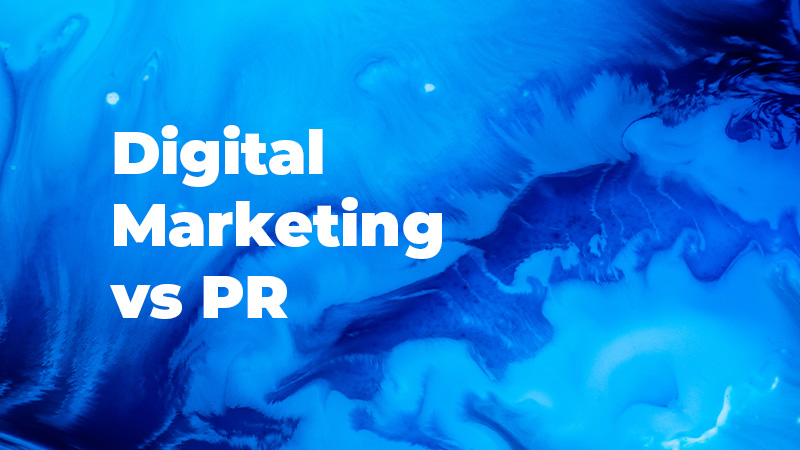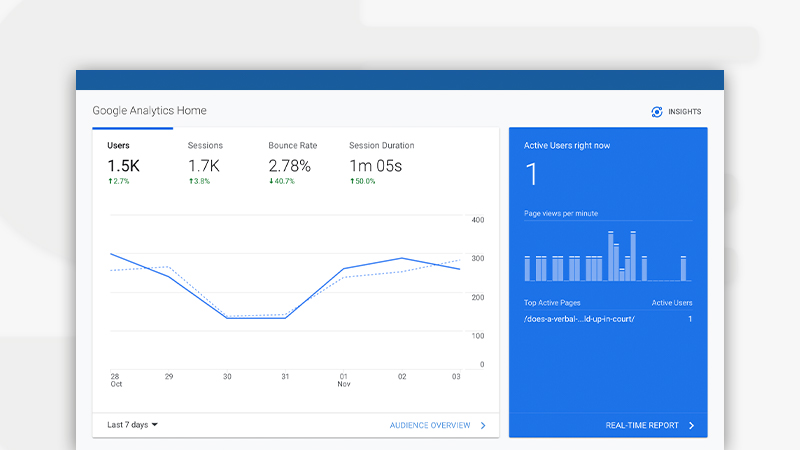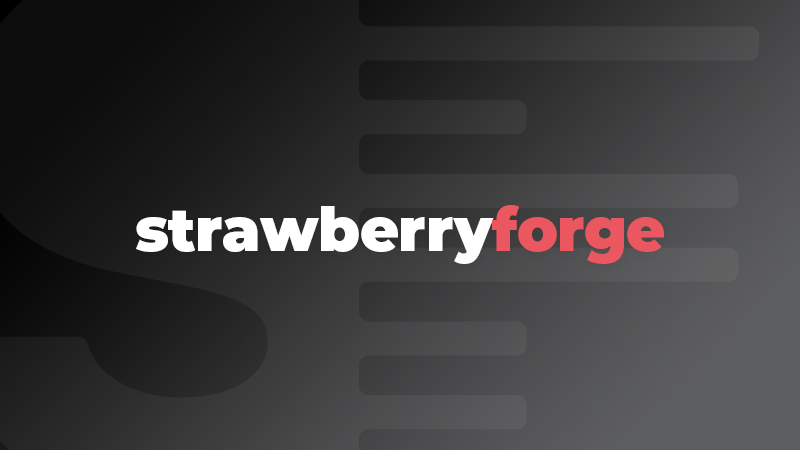Around 15 years ago, social media was introduced to the world with the likes of MySpace (remember the days). Businesses have now started to use social media platforms for a whole host of things, from customer engagement to marketing.
As tempting as it may be to use the same content from one social media site to another, each one provides a different way of reaching new customers, interacting with current users, and create unmissable content.
However, not all content is going to be suitable for every social media platform. Generally, I’d advise posting a variety of different things on different platforms as this will help to boost your engagement.
In this blog, I’m going to give you an outline as to how what goes into writing for each social media platform.
Let’s start with the old faithful…

Good old Facey-Bee is always there for us, isn’t it? Even when your Grandma is posting pictures of you from your school Nativity play with a cringe-worthy caption.
But, in terms of business, it’s a super beneficial tool in terms of a marketing strategy, and not one to be missed.
With just over three-quarters of all adults online, Facebook continues to be the most used social media platform. However, out of all of the platforms, Facebook is the one which has the highest usage rate among individuals who are aged 65 and over.
Therefore, you must ensure that you’re targeting the right platform for your target audience.
For Facebook, the posts should be relatively positive and upbeat (or as much as they can be depending on the sector you work in), and this is because positivity equals engagement most of the time.
As enticing as it might be to take advantage of the flexibility of Facebook posts to say something of importance, the content shares should provide information, but also require someone to click through the whole story.
Facebook is a great vehicle for promoting your external content, your blog posts, reports or videos, as this is what three-quarters of the users are looking for when they use it.
I would suggest that you accompany it with a simple, but the attention-grabbing text that informs the reader what the content is about, or poses a question, as this tends to provoke engagement.
Sharing images on Facebook alongside your blog ‘teaser’ can also be a great touch, as it directly influences engagement and results.
![]()
Most people tend to turn to Twitter when they want to gain some news, so writing with content that links to something relevant could be an advantage.
But as many of you may know, Tweets can only be 280 characters long. However, that excludes images, videos, polls or tweets that you quote, so I’d suggest that you take advantage of this.
We’re talking about writing, though, so the main objective here is to be short, sharp and snappy enough to make readers want to click on the link to your website.
When you’re composing your snappy Tweets, remember to use hashtags. Even though some may believe these to be dying out, their sole purpose is still effective. Plus, it’s a nice way to be discovered by users who might specifically be looking for that certain topic.
However, you don’t want to be that person who #does #too #many #hashtags — resist the urge, my friend. You’re best to limit it to one or two, as these tweets are more likely to have an engagement than those who have three or more.
Similar to Facebook, Twitter is a great place to share your blog posts and high-quality and relevant content, so take advantage of this!
![]()
In my humble opinion, people don’t use LinkedIn as much as they should. When compared to the time we spend on social media platforms, there is no comparison.
On LinkedIn, people browse fast and efficiently, which means posting your latest blog link and hoping to get 150 link clicks and half as many shares just isn’t realistic.
When people use social media, they’re usually using it for one overruling reason: to drive traffic somewhere (usually their main site).
It’s a little bit different with LinkedIn, in the sense that keeping people on the platform itself can often produce better engagement!
Take advantage of LinkedIn’s native content system and share stories that hook your audience without forcing them to click off the platform.
Granted, Strawberry Forge as a company doesn’t do this. However, we do find that individually, it’s a great way to promote the business in more subtle ways, and networking conversations.
Think about writing “List posts”, as these are more likely to get more post likes, comments and shares. These posts tend to be easy to comprehend, as they give the reader exactly what they want in however many points.
However, that isn’t speaking on behalf of all of the general public, as on average, the longer the post is, the better it seems to go down on LinkedIn. Posts with large word counts between 1900 and 2000 perform the best and gain the highest number of post views, comments and shares on the platform.

The one with all of the photos, which tells us what? It tells us that the written content has got to be absolutely rockin’!
Now, when we talk about Instagram here, we’re not aiming this at those of you who might be advertising your sponsored items you were gifted by a company (yes, this happens in 2019).
Making the first part of your caption extremely engaging and enticing is a guaranteed way to boost the amount of time people are going to spend viewing your post.
The trick is to ensure that you can deliver the snappy, attention-grabbing element of your first line before the caption is shorted so that it’s visible in someone’s feed without them having to click the ‘more’ button.
You should think about the call-to-action in your Instagram caption and inviting your audience to comment or like a post can go a very long way when it comes to driving more engagement.
As well as doing a call-to-action, you should work with it and tease your followers by letting them know what they will gain by doing it.
It may also work in your favour to consider the lighthearted tone that Instagram strives for. There is clearly a reason for this, as they know it works for them and their consumers, so rather than wanting to ‘stick to your brand’, for now, try to mould into what works for this platform.
If you’re ever concerned about a particular post, keep it brief. That way you can’t really go wrong, or at least, you’re less likely to.
Of course, you have to make a judgement as to whether Instagram, or any other social media platforms are going to work for your business.
What Way is the Best Way?
Writing for social media platforms is something which is ever-changing. What practices might be the best one month, are likely to change next month. However, the important thing to take away from this blog is the fact that all platforms work differently, and all need to be treated differently as well.
Managing social media can be pretty time-consuming, and sometimes a frustrating process in the way of trying to engage with customers. Don’t let this take the focus away from the day-to-day process of running your business — you don’t want to lose the customers you’ve already got.
Drawing up some information about your audience composition for each different platform is a great way to see where you’re likely to have the most active audience, and what you can do to readdress the other platforms to make your target market more responsive.







